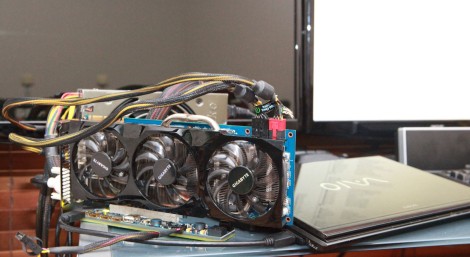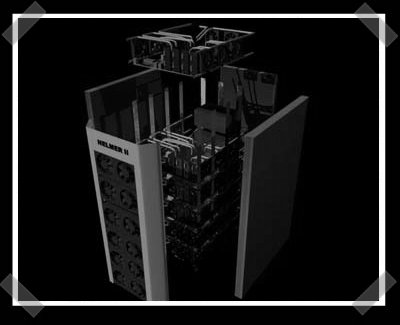If you’re not willing to shell out for a reasonably powerful laptop it seems that there’s not a ton that can be done to boost your gaming performance. That is, unless you have an empty Express card slot and the right chipset.
[Phatboy69] recently put together an external video card for his notebook, with fantastic results. His Vaio Z128GG had an Nvidia GT330M graphics card onboard, which is decent but nothing to write home about. Using an Express card to PCIe adapter, he added an external Nvidia GTX580 to his system, and he couldn’t be more pleased with the results. While the card does take a performance hit when connected to his laptop in this way, he claims that his graphics performance has increased ten-fold, which isn’t too shabby.
There are many variables on which this process is heavily dependent, but with the right amount of tweaking, some great laptop gaming performance can be had. That said, it really does take the portability factor of your notebook down to about zero.
If this is something you might be interested in, be sure to check out this thread over at the Notebook Review Forums – it’s where [Phatboy69] found all the information he needed to get his system up and running properly.
[Thanks, Henry]














